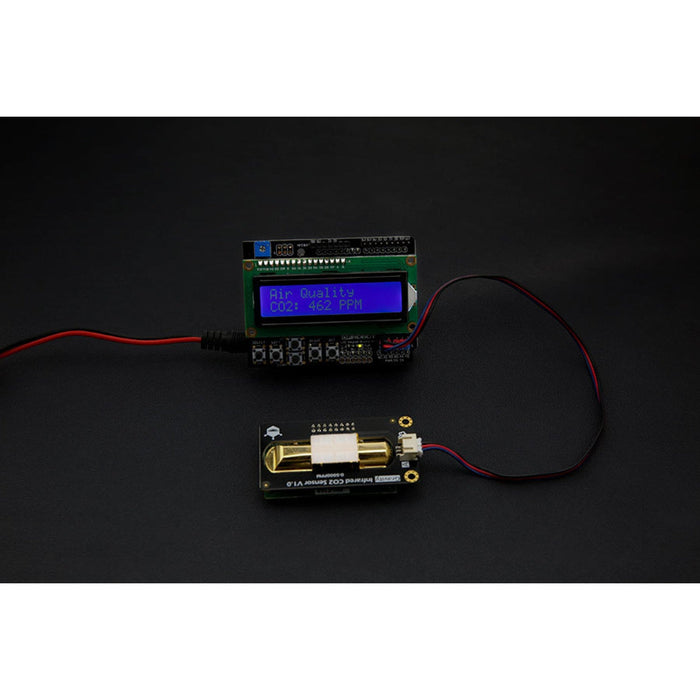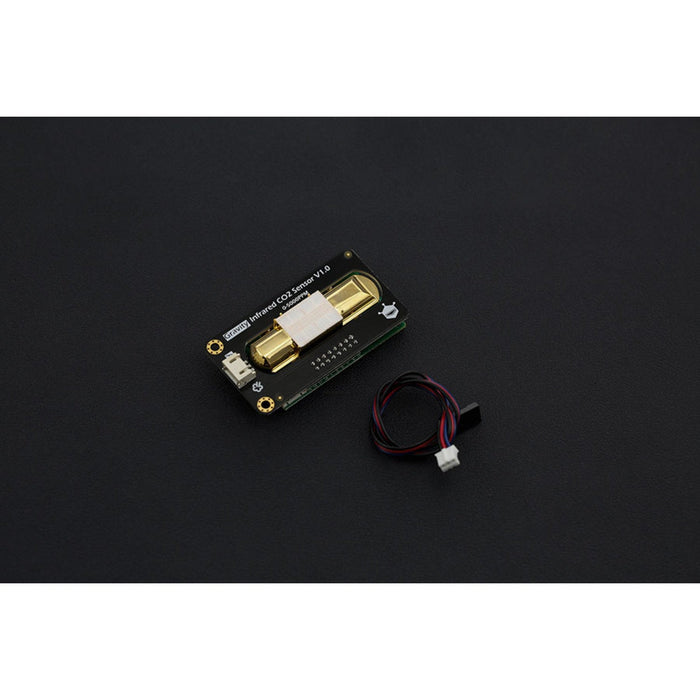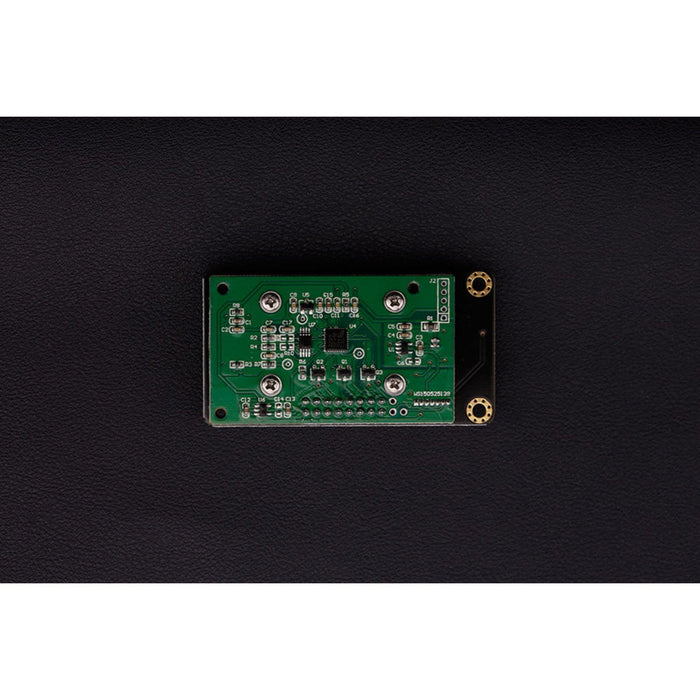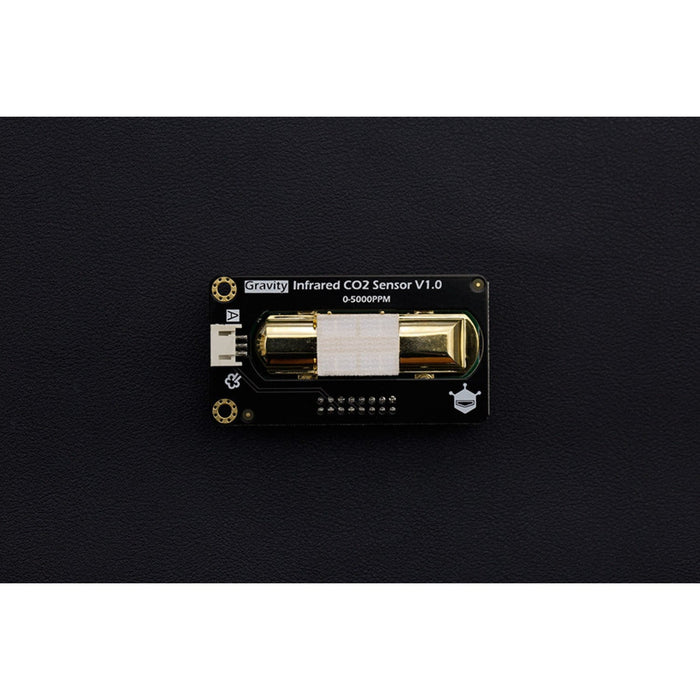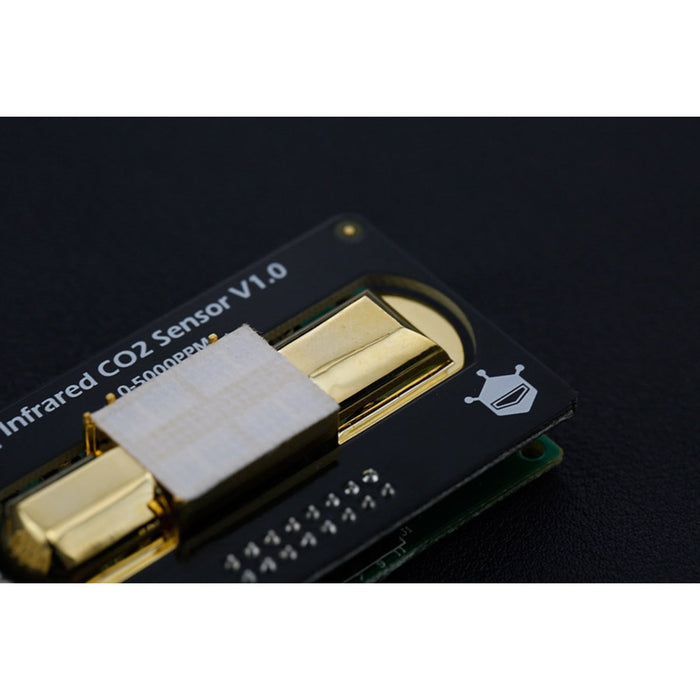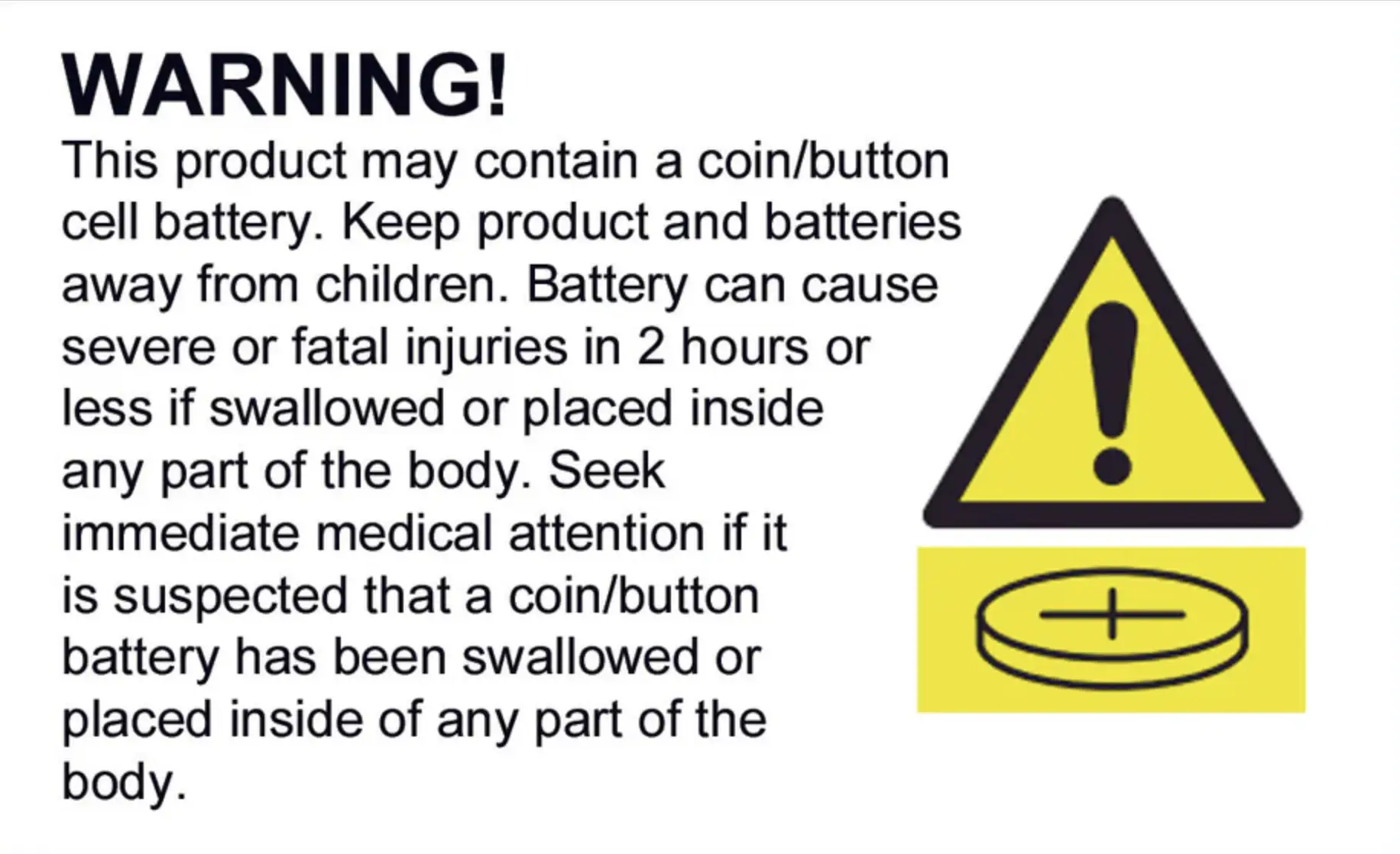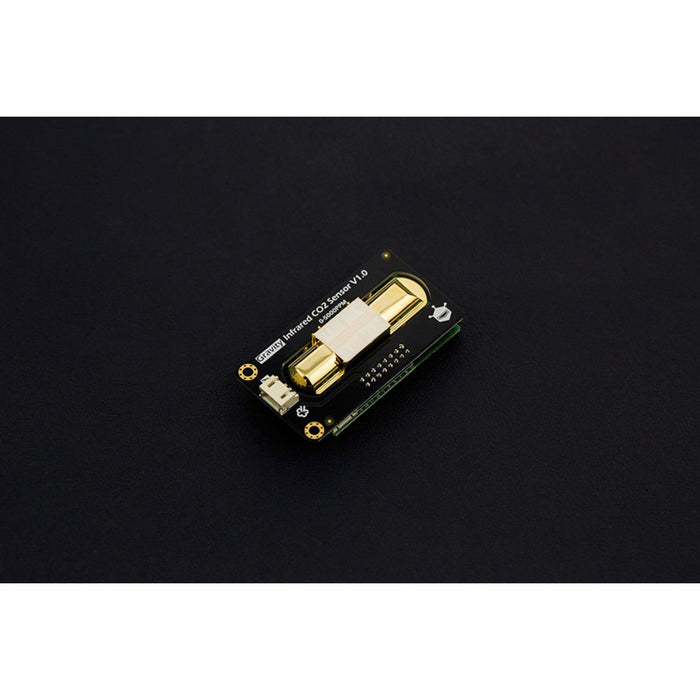
Gravity: Analog Infrared CO2 Sensor For Arduino (0~5000 ppm)
We have ✅ 1 available of the DF-SEN0219 in our Sydney warehouse. An extra 84 units available with a short lead time.
The concentration of carbon dioxide (0.03% usuallly) is related to daily life. Recently, there's a study showing that the atmospheric CO2 content has reached 0.0385% (385 ppm) which is the highest value since 2.1 million years. The raise of atmospheric CO2 content to some extent results in global climate change. How to accurately measure the carbon dioxide gas concentration is becoming a universal research topic. DFRobot released its latest high-precision analog infrared CO2 sensor. The effectively measuring range is from 0 to 5000ppm. This sensor is based on non-dispersive infrared (NDIR) technology and has good selectivity and oxygen-free dependency. Besides, its service life could up to 5 years! It integrates temperature compensation and support DAC output. Most importantly, the product is easy to use; it is compatible with all types of microcontrollers such as Arduino with ADC function. In addition, this product is a high-performance sensor that combines technology of mature infrared absorption gas detection with precision optical circuit design as well as sophisticated circuit design. It has characteristics such as high sensitivity, high resolution, low power consumption, fast response, anti-water vapor interference, no poisoning, high stability and long life. This sensor is able to directly compatible with the DFRobot Arduino IO expansion board thanks to its external DFRobot Gravity interface. This character simplify the use of the sensor as it is plug and play and no need additional wiring. This product could be widely used in HVAC, indoor air quality monitoring, industrial process and security protection monitoring, agriculture and animal husbandry production process monitoring. DFRobot provides detailed tutorials and code, please check the product wiki.
FEATURES
- Waterproof and anti-corrosion
- High sensitivity
- Low power consumption
- Excellent stability
- Temperature compensation
- Excellent linear output
- High cycle life
- Anti-water vapor interference
- No poisoning
SPECIFICATIONS
- Gas Detection: Carbon Dioxide
- Operating Voltage: 4.5 ~ 5.5V DC
- Average Current: <60mA @ 5V
- Peak Current: 150mA @ 5V
- Output Signal: Analog output (0.4 ~ 2V)
- Measuring Range: 0 ~ 5000ppm
- Accuracy: ± (50ppm + 3% reading)
- Preheating Time: 3min
- Response Time: 120s
- Operating Temperature: 0 ~ 50 °C
- Operating Humidity: 0 ~ 95% RH (no condensation)
- Service Life: >5 years
- Size: 37mm * 69mm
- weight: 34g
DOCUMENTS
SHIPPING LIST
- Gravity: Analog Infrared CO2 Sensor For Arduinox1
- Analog Sensor Cable for Arduinox1
The Gravity: Analog Infrared CO2 Sensor For Arduino (0~5000 ppm) appears in the following collections:

